Ensuring a Safe and Clean Tattooing Process
Getting a tattoo is an exciting experience for many people, but it’s essential to approach the process with care, especially when it comes to hygiene. Proper hygiene in the tattooing process ensures not only a high-quality result but also helps to prevent infections and other complications. Whether you’re a client or a professional artist, understanding and adhering to standard hygiene practices is critical.
1. Tattoo Studio Hygiene: Clean Environment
A professional tattoo studio should always be maintained as a clean and sterile environment to minimize the risk of infection.
- Surface Cleaning: All surfaces in the studio, including tables, chairs, and countertops, should be cleaned and disinfected before and after each tattoo session. This prevents the spread of bacteria, viruses, and other pathogens.
- Sterilization of Tools: Tattoo needles, machines, and other reusable equipment must be properly sterilized using an autoclave or other suitable method. Autoclaving uses high-pressure steam to ensure complete sterilization.
- Single-Use Items: Items such as gloves, razors, ink cups, and needles must be single-use and discarded immediately after use. This prevents cross-contamination between clients.
- Ventilation: Proper ventilation, including air purifiers and exhaust systems, should be in place to ensure that air quality is maintained and to reduce the risk of airborne pathogens.
2. Personal Hygiene of Tattoo Artists
Tattoo artists themselves must adhere to strict hygiene protocols to prevent the transfer of contaminants during the tattoo process.
- Hand Hygiene: Before and after every tattoo session, tattoo artists should wash their hands thoroughly with soap and water. Using hand sanitizers with at least 70% alcohol is also effective, especially between handling different tools or materials.
- Gloves: Disposable gloves must be worn by tattoo artists throughout the entire tattoo process. Gloves should be changed if they become contaminated, such as after touching non-sterile surfaces.
Protective Clothing: Tattoo artists should wear clean, dedicated clothing or uniforms while working. Jewelry and accessories should be avoided as they can harbor bacteria and cause cross-contamination.
3. Skin Preparation: Cleaning Before Tattooing
Proper skin preparation is essential before the tattooing process to ensure the area is clean and free of contaminants.
- Shaving: If necessary, the area to be tattooed should be shaved with a clean, disposable razor to remove hair. Shaving should be done carefully to avoid nicking the skin or introducing bacteria.
- Disinfection: The skin must be thoroughly cleaned with an antiseptic solution, such as isopropyl alcohol or an antimicrobial wipe, to remove oils, dirt, and bacteria before the tattooing process begins. This step is critical to minimize the risk of infection during the tattooing process.
Stencil Application: If the artist is using a stencil, it should be applied with a sterile technique. Artists should avoid touching the stencil once it is applied to the skin.
4. Hygiene During Tattooing: Safe Practices
While the tattoo artist is working, several important hygiene practices should be followed to prevent infection:
- Use of Single-Use Needles and Ink Caps: Only sterile, disposable needles and ink cups should be used. Tattoo artists should never reuse needles or ink caps, as doing so introduces the risk of contamination.
- Handling Ink: Tattoo ink should be dispensed into sterile, disposable ink cups. The artist should avoid touching the ink directly or contaminating the ink with non-sterile materials.
- Machine and Needle Care: Tattoo machines should be kept clean and only used with sterile needles. Artists should avoid touching the tattoo machine’s needle area once it comes into contact with the skin to prevent cross-contamination.
5. Tattoo Aftercare: Ensuring Proper Healing
Once the tattoo is finished, proper aftercare is vital to ensure that it heals without infection or complications. The client should be given clear instructions on how to care for their new tattoo.
- Covering the Tattoo: After the tattoo is completed, the artist will typically cover the tattoo with a sterile bandage or plastic wrap. This helps protect the fresh tattoo from dirt and bacteria for the first few hours after the session.
- Cleaning the Tattoo: The tattoo should be cleaned gently with lukewarm water and mild, fragrance-free soap after the bandage is removed. Harsh scrubbing should be avoided, as this can damage the healing skin.
- Moisturizing: Once the tattoo is clean, it should be moisturized with a recommended tattoo ointment or healing cream. The ointment should be applied sparingly, as too much product can clog the pores and slow down healing.
- Avoid Scratching or Picking: As the tattoo heals, it may itch or scab. However, clients should avoid scratching, picking, or peeling the tattoo as this can lead to infection and scarring.
- Protection from Sunlight: Direct exposure to sunlight should be avoided during the healing process. Sunburn can damage the skin and cause the tattoo to fade prematurely. Clients should apply sunscreen (once healed) to protect their tattoo from UV rays.
6. Monitoring the Healing Process
Proper hygiene continues throughout the tattoo healing process. The client should monitor the tattoo for signs of infection and follow all aftercare instructions to promote healing.
- Avoid Soaking: During the healing period (usually 2–4 weeks), the tattoo should not be submerged in water, such as in swimming pools, hot tubs, or baths, as this can introduce bacteria into the skin.
- No Tight Clothing: The healing tattoo should be kept free from excessive friction. Wearing loose-fitting clothing that doesn’t rub against the tattoo is recommended.
- Watch for Infection: If the tattoo becomes red, swollen, or exudes pus, there may be an infection. In such cases, immediate medical attention should be sought.
The Importance of Hygiene in Tattooing
Standard hygiene practices in tattooing are crucial for both the artist and the client. Adhering to these practices not only ensures a clean and safe tattooing environment but also reduces the risk of infection, promotes faster healing, and helps produce a high-quality tattoo. Whether you’re a first-time client or an experienced tattoo enthusiast, it’s important to choose a reputable tattoo studio that follows strict hygiene protocols. For tattoo artists, maintaining proper hygiene is an essential part of professional responsibility, ensuring both their safety and the safety of their clients. By following these standard hygiene practices, tattooing can be a safe, enjoyable, and rewarding experience for everyone involved.
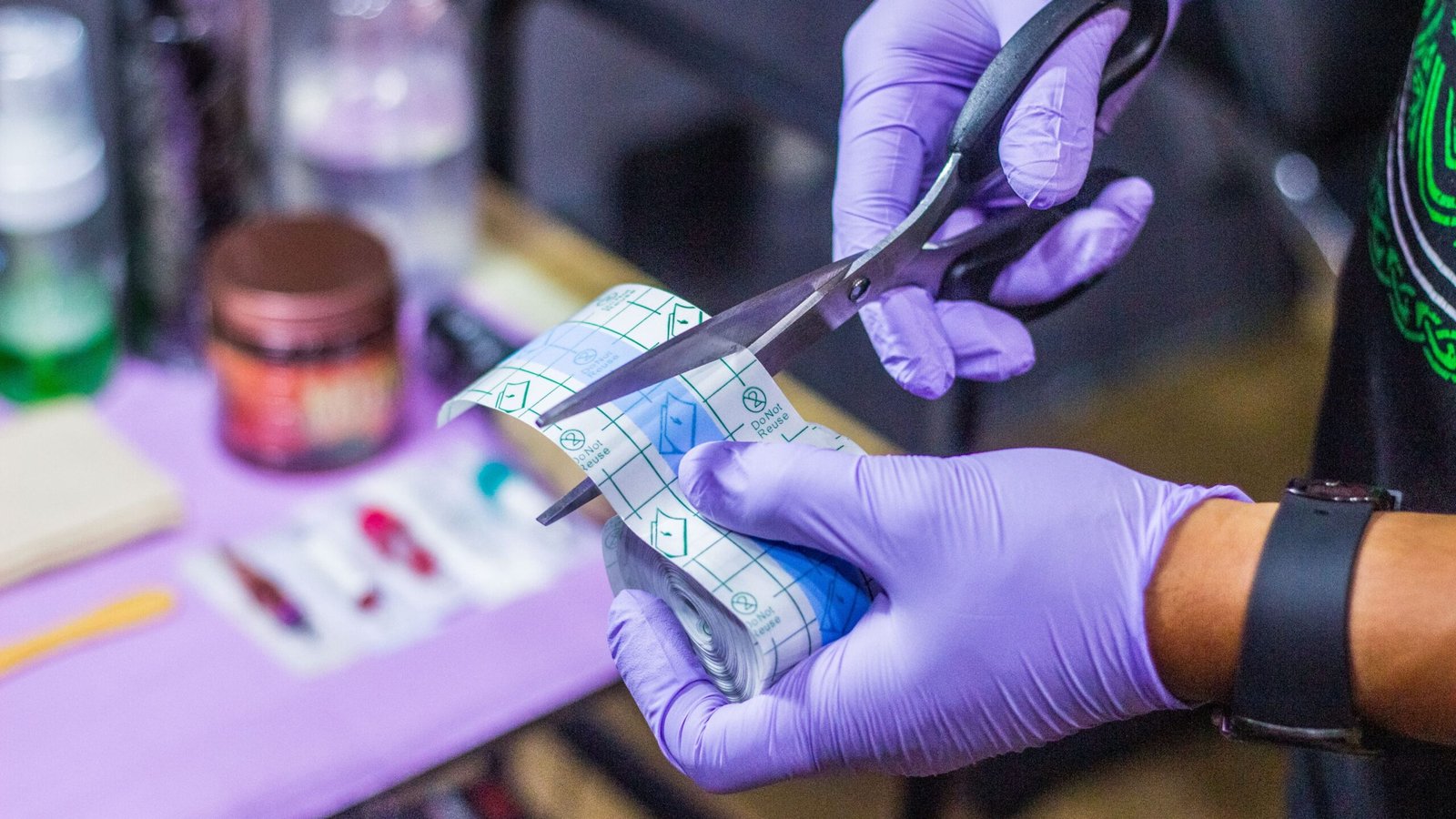
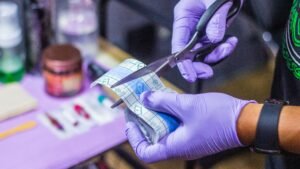
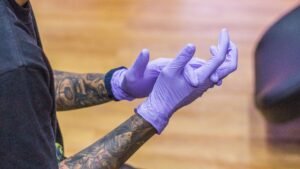
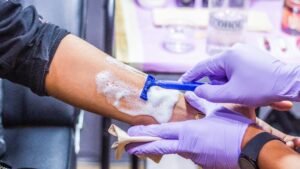
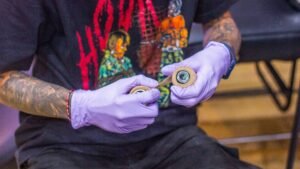

1 thought on “International Hygiene Standards”
Hi, this is a comment.
To get started with moderating, editing, and deleting comments, please visit the Comments screen in the dashboard.
Commenter avatars come from Gravatar.